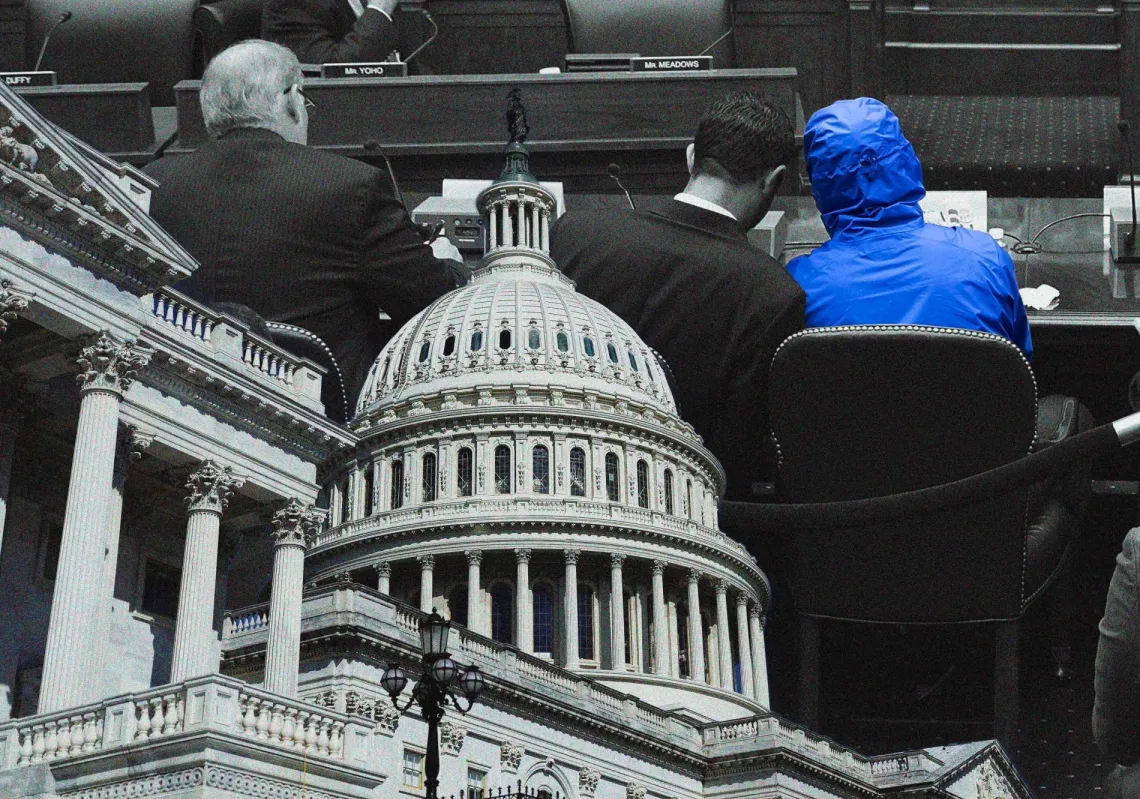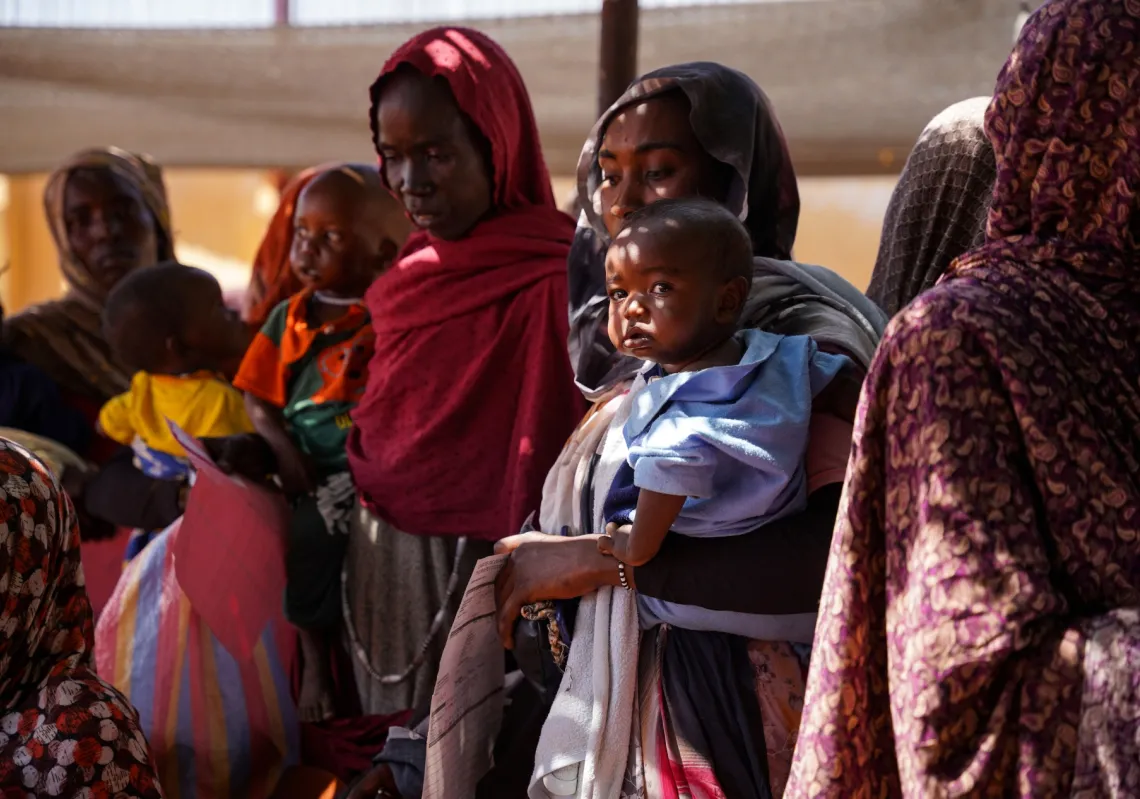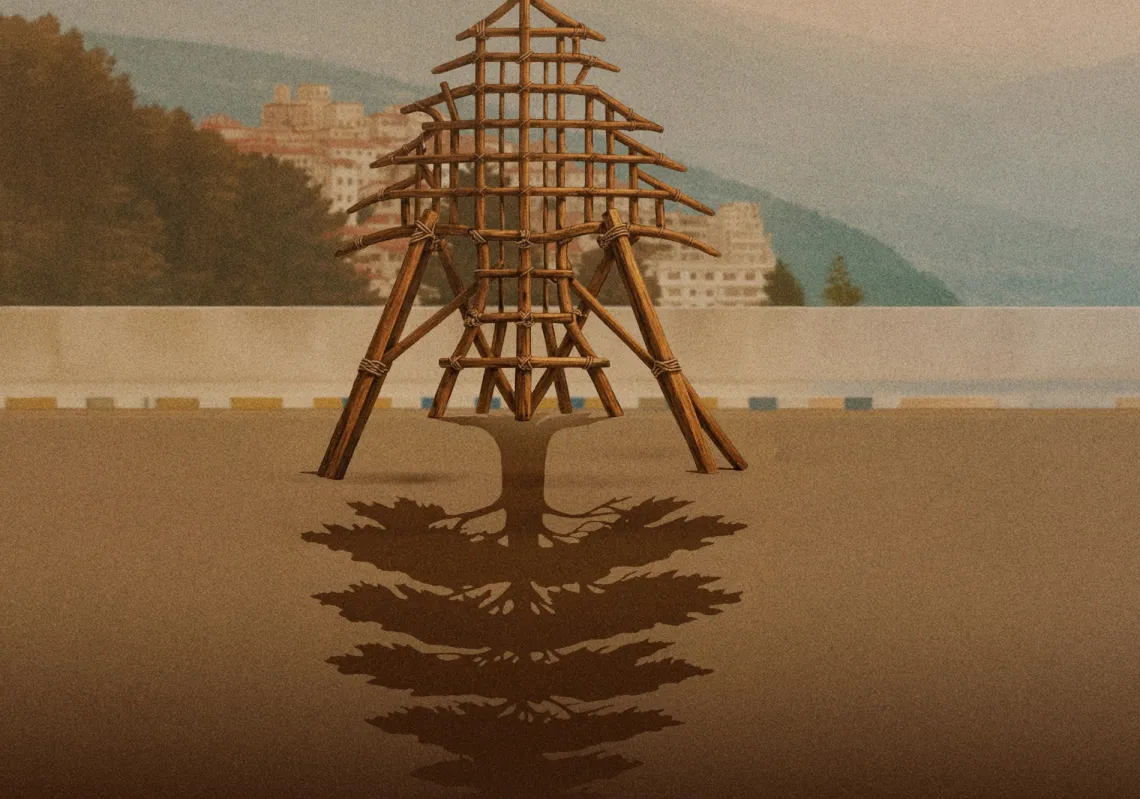 Supporters of the Muslim Brotherhood take part in a demonstration in the district of Giza, on the outskirts of Cairo, on August 23, 2013. (Gianluigi Guercia/AFP/Getty Images)[/caption]In the increasingly tense political situation in Egypt, justifications are being made for the treatment of the Muslim Brotherhood as a terrorist organization. These justifications make reference to the Brotherhood's violent past, but are drawing the wrong lessons from history.
Supporters of the Muslim Brotherhood take part in a demonstration in the district of Giza, on the outskirts of Cairo, on August 23, 2013. (Gianluigi Guercia/AFP/Getty Images)[/caption]In the increasingly tense political situation in Egypt, justifications are being made for the treatment of the Muslim Brotherhood as a terrorist organization. These justifications make reference to the Brotherhood's violent past, but are drawing the wrong lessons from history.
On August 20, Egyptian security officials announced the arrest of Mohammed Badie, the Brotherhood's supreme guide. He now faces charges of inciting violence and murder against protesters outside the Brotherhood’s Cairo headquarters in June. He joins Khairat El-Shater, the Brotherhood’s deputy head, as well as Mohamed Mursi and hundreds of other Brothers in state custody. As the state’s attempt to decapitate the Brotherhood becomes more and more successful, and as the relationship between the interim government and the Brotherhood gets ever worse, the question of how the organization will respond to what it perceives as increasing persecution becomes ever more important. On August 17, Prime Minister Hazem Al-Beblawi announced that the interim government is considering the possibility of dissolving the Brotherhood. The options for its peaceful engagement in the political process might be about to become even narrower.
Reacting to Beblawi's announcement, observers note the similarities of the Brotherhood’s situation today to that of 1954, when the group faced mass arrests and eventual dissolution by the Free Officer regime. Equally, we could also look to 1948, when a previous dissolution triggered the assassination of the Prime Minister Mahmoud Al-Nuqrashi, which in turn led to the assassination of the Brotherhood’s legendary founder and then-leader, Hassan Al-Banna, in a continuing cycle of violence.
Undoubtedly, the Brotherhood of 2013 is a very different organization to the Brotherhood of the 1940s and 1950s. The latter had built much of its public support on its armed resistance to Britain and Israel. In contrast, the contemporary Brotherhood has not only built its organization's political project on peaceful engagement in the political process since the 1960s, but has more or less managed to retain this position in spite of the great pressures it now faces. Nonetheless, many opponents of the Brotherhood argue that the increasing Islamist violence of the last two weeks—including brutality towards opposing protesters, attacks on soldiers, and the destruction of churches and Christian charities—demonstrates that the group has made a return to violence and that its rejection of such policies in the 1960s was merely a strategic choice. However, the scale of the current violence undermines this appraisal. While Egypt has witnessed a dramatic escalation in political violence in the last two weeks, with a lamentable human cost, this increase is incomparable to that which would be released by a full-scale Brotherhood paramilitarization. While it is difficult to prove that Brothers have not been involved in violence, it seems likely that it is not part of an organized campaign by the Brotherhood.
However, the 1948 dissolution does illustrate what is possible when the group is decapitated, and suggests how the disorganized violence of today will become more prevalent if this policy continues. Beyond the Brotherhood’s record of armed resistance, part of the reason for its turn to violence against the state in 1948 was the leadership’s loss of control as they were arrested. In his seminal work on the group, The Society of the Muslim Brothers Richard P. Mitchell wrote: “Whatever else the [1948] dissolution had done, other important arrests and his [Al-Banna's] own isolation had completely shattered the chain of communications in the organization and thus all means of control.”
The increasing similarity of the contemporary Brotherhood is frightening. Leaders not already arrested are reportedly constantly on the move, unwilling to use their cellphones for fear of being located by the security services. Some appear to be fleeing Egypt. The New York Times quotes a prominent Brother: “Even if Dr. Morsi himself addressed us on television and told us to stop protesting and go home, we won’t do it. . . . It’s now beyond ‘the principle of obedience’ and the group: now it’s about all the blood that was shed.” With its removal or flight from the public eye to avoid arrest, the leadership is losing control, and its position on peaceful political engagement and organizational unity is losing relevance to the appeal of a blood feud that is gaining momentum in Egypt. Although the top leadership can be replaced—Badie has already been replaced by Mahmoud Ezzat—the arrest of the mid-level leadership is another problem.
The interim government's policy of eliminating the Brotherhood leadership needlessly increases the likelihood of violence. This is not because it will trigger a shift in the group’s direction as an organization, but because it undermines the organization itself and its capability to rein in the frustrations of a group of people who feel increasingly persecuted, monumentally wronged, and disenfranchised. With the removal of the Brotherhood’s leadership and its dissolution as an organization, this is all the Brotherhood will be.








